Tidal Wave Mushroom
$115.00 – $210.00
The Tidal Wave Mushroom is a revolutionary product that offers a range of key features, benefits, and unique selling points. This mushroom is known for its exceptional growth rate, reaching maturity in just a few days. It boasts a large size and a unique wave-like appearance, making it visually appealing. The Tidal Wave Mushroom is highly nutritious, packed with essential vitamins, minerals, and antioxidants. It offers a rich umami flavor, making it a versatile ingredient for various culinary creations. With its rapid growth and exceptional taste, the Tidal Wave Mushroom provides a convenient and sustainable solution for mushroom enthusiasts and food lovers alike.
Tidal wave mushroom
Tidal wave mushrooms are a fascinating species known for their unique growth pattern and remarkable appearance. These mushrooms, scientifically classified as Pleurotus ostreatus, are commonly referred to as oyster mushrooms due to their resemblance to oysters in both shape and color.
What sets tidal wave mushrooms apart is their growth habit and lifecycle. They often grow in clusters, resembling a cascading wave, hence the name “tidal wave.” These mushrooms typically flourish in temperate and subtropical regions, thriving in moderate climates with consistent humidity.
One of the remarkable characteristics of tidal wave mushrooms is their adaptability to various substrates for growth. They can be cultivated on different organic materials, including but not limited to straw, wood chips, sawdust, and agricultural waste like corn cobs or cotton waste. This versatility in substrate preference makes them an accessible and popular choice for mushroom cultivation enthusiasts.
Nutritionally, oyster mushrooms like the tidal wave variety are not only delectable but also offer various health benefits. They are a good source of protein, dietary fiber, vitamins (such as vitamin B and vitamin D), and minerals like potassium and iron. These mushrooms are low in calories and contain antioxidants, making them a popular choice for health-conscious individuals.
Whether used in culinary endeavors for their delightful taste or their nutritional and medicinal properties, tidal wave mushrooms continue to captivate enthusiasts with their unique appearance and versatile growth patterns.
TIDAL WAVE MUSHROOMS
The Tidal Wave mushrooms are a unique and powerful strain that has gained popularity among psychonauts. It is an unstable hybrid created by crossbreeding the Penis Envy and B+ strains, resulting in a variety of odd mutations. One notable mutation is the sporeless “blob” or “brain-shaped” Enigma mutation, which won the Psilocybe Cubensis.
One of the most striking features of the Tidal Wave mushroom is its unique appearance. The water-like edges on mature caps give it a distinct and mesmerizing look that sets it apart from other strains. This visual aspect adds to the overall psychedelic experience, enhancing the sense of vibrancy and fluidity of the trip.
Tidal Wave mushrooms, with their mixed lineage and unstable genetics, exhibit a wide range of appearances. This variability can make them difficult to identify based on appearance alone. According to Ian Bollinger, Chief Technical Officer of Hyphae Labs, Tidal Wave spores have the potential to produce a diverse array of caps. In one bin, you might find some completely white caps, some gold caps, and even some strange Enigma-like blobs. Despite these variations, certain characteristics are commonly observed in Tidal Wave mushrooms. They typically have relatively long stalks measuring between 150-200mm in length. These stalks are usually beige or yellow and bruise blue or greenish-blue when handled. The stems may also exhibit irregular shapes or be larger at the base.
TIDAL WAVE MUSHROOM STRAIN
In terms of cap appearance, young Tidal Wave mushrooms often display more bulbous caps that eventually mature into a wider shape as they grow older. The shape of the cap can either be convex or plane, depending on the individual mushroom. In terms of coloration, Tidal Wave caps tend to have a brown or golden hue, although this can vary significantly as mentioned before. Additionally, due to its PE lineage, Tidal Wave mushroom caps tend to be smaller compared to other strains, with an average diameter of around 2-4cm.
The Tidal Wave mushroom is also known for its unique taste and aroma. Users report a strong earthy and nutty flavor, often accompanied by a slightly bitter aftertaste. Some describe the taste as pleasant and savory, while others find it to be overpowering or unpleasant.
Magic mushroom enthusiasts are always on the lookout for strains with higher concentrations of tryptamines, as these compounds are responsible for the psychedelic effects of the mushrooms. Amongst the various species, semilanceata, also known as Liberty caps, have consistently tested higher in tryptamine content compared to cubensis mushrooms. While cubensis mushrooms typically contain around one percent or slightly lower tryptamine content on average, Liberty caps have been found to have even higher concentrations.
Tidal Wave Mushroom Characteristics
Tidal Wave mushrooms are known for their unpredictable appearance due to their mixed lineage and unstable genetics. As a result, their characteristics can vary greatly within the same batch. According to Ian Bollinger, the Chief Technical Officer of Hyphae Labs, Tidal Wave spores can produce a combination of white caps, gold caps, and strange Enigma-like blobs all in one bin. This genetic diversity adds to the intrigue and challenge of identifying Tidal Wave mushrooms.
Despite their ever-changing appearances, Tidal Wave mushrooms often display some common features. They typically have relatively long stalks measuring between 150-200mm in length. The color of these stalks ranges from beige to yellow and they are known to bruise blue or greenish-blue when damaged. Additionally, the stems of Tidal Wave mushrooms may be larger at the base or contorted in shape, adding a unique twist to their overall structure.
When it comes to the caps of Tidal Wave mushrooms, they tend to be smaller compared to other varieties due to their PE lineage. Younger caps may appear more bulbous while mature ones take on a wider shape that can either be convex or plane. The color of these caps can range from brown to golden but this variation should be expected with Tidal Wave mushrooms. In some cases, the caps may even have a bluish tint to them.
One interesting characteristic of Tidal Wave mushrooms is their spore color. While most mushroom varieties produce white or brown spores, Tidal Wave mushrooms are known for their vibrant blue spores. This unique feature can help differentiate them from other types of mushrooms.
Tidal Wave Potency
Magic mushrooms, specifically the species known as semilanceata or Liberty caps, contain higher concentrations of tryptamines compared to other species such as cubensis mushrooms. On average, cubensis mushrooms have around one percent or slightly lower tryptamine content. However, efforts have been made to isolate genetics at Spores Lab to increase the potency of these mushrooms. The highest test result they have achieved so far is about 2.4 percent tryptamine content. Therefore, the Tidal Wave Enigma sample that won the 2021 Psilocybin Cup with an impressive 3.82 percent tryptamines has garnered significant attention.
The disparity in tryptamine concentrations among different magic mushroom species highlights the variability in potency within the psilocybin-containing fungi. Liberty caps consistently test higher than cubensis mushrooms and are sought after for their stronger psychedelic effects. Researchers and cultivators like those at Spores Lab work tirelessly to enhance and maximize the potency of magic mushrooms through genetic isolation. The record-breaking Tidal Wave Enigma sample showcases their success and exemplifies the excitement surrounding achieving higher levels of tryptamines in these magical fungi.
Tidal Wave Effects and Experience
The effects of eating P. cubensis mushrooms, including the Tidal Wave variety, can be a unique and highly personal experience. While some psychonauts believe that “a cube is a cube” and that the effects of different varieties are generally the same, others have reported specific differences between strains. Tidal Wave mushrooms are typically described by spore-sellers as uplifting, stimulating, visual, euphoric, and depression-relieving. However, it is important to note that individual experiences with psilocybin can vary greatly.
One factor that contributes to the variability in psilocybin experiences is the varying concentrations of active compounds found in different mushrooms. These concentrations can differ not only from mushroom to mushroom but also from variety to variety and species to species. This means that even within the Tidal Wave strain itself, there can be variations in potency and overall effects. Despite this variation in compound concentrations, dedicated psychonauts often discuss experiential differences between different strains or varieties of P. cubensis mushrooms. This suggests that factors beyond just chemical composition may influence the psychedelic experience.
How to Recognize Tidal Wave Mushrooms
Tidal Wave mushrooms can be recognized by their distinct characteristics. Their brown, rippled caps and even stems set them apart from other types of mushrooms. However, it is important to note that Tidal Wave mushrooms can be unstable during growth and may revert to resembling other strains such as Penis Envy or B+ mushrooms. This means that visual identification alone may not always be accurate.
Like most strains, the appearance of Tidal Wave mushrooms changes throughout their growing cycle. When they begin to fruit, they typically have short and uniform stems that can grow up to an inch in length. These stems may twist or enlarge at the base, further adding to their unique appearance. The light brown caps of Tidal Wave mushrooms start to round and gradually flatten as they mature. The distinguishing feature of these caps is their rippled pattern, which resembles ocean waves and gives them their name.
Related
Be the first to review “Tidal Wave Mushroom” Cancel reply
Related products
Buy shrooms online
Buy shrooms online
Buy shrooms online
Buy shrooms online
Buy shrooms online
Buy shrooms online
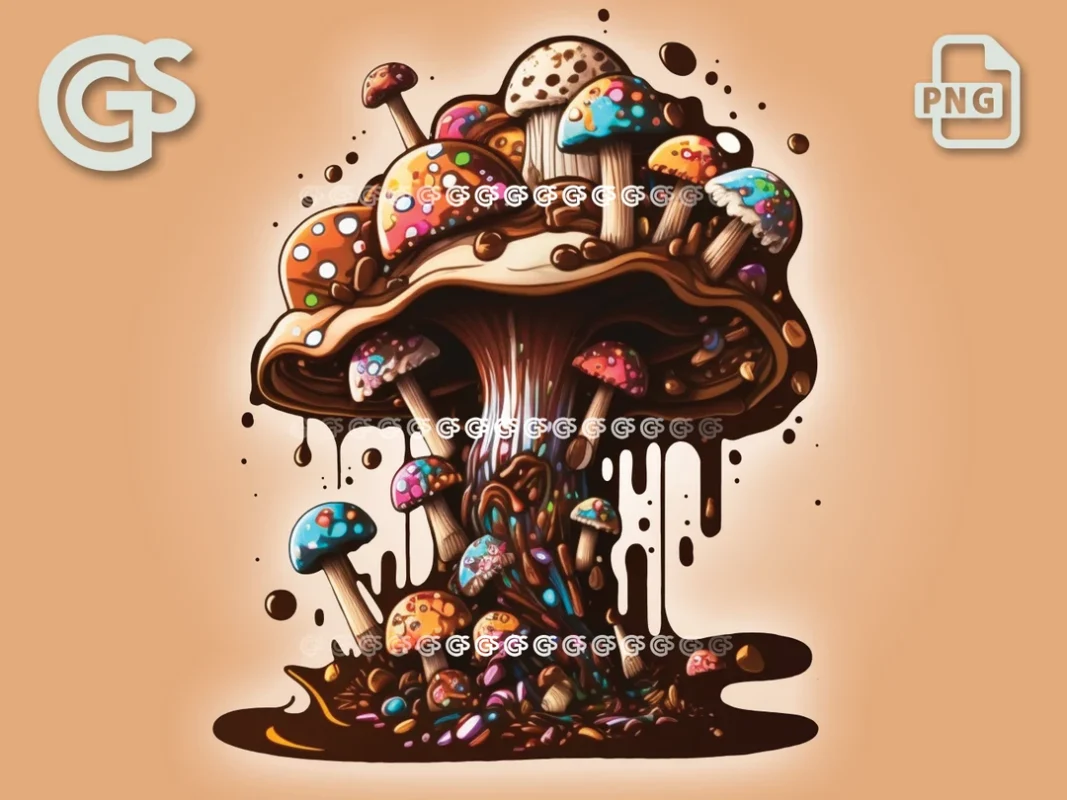
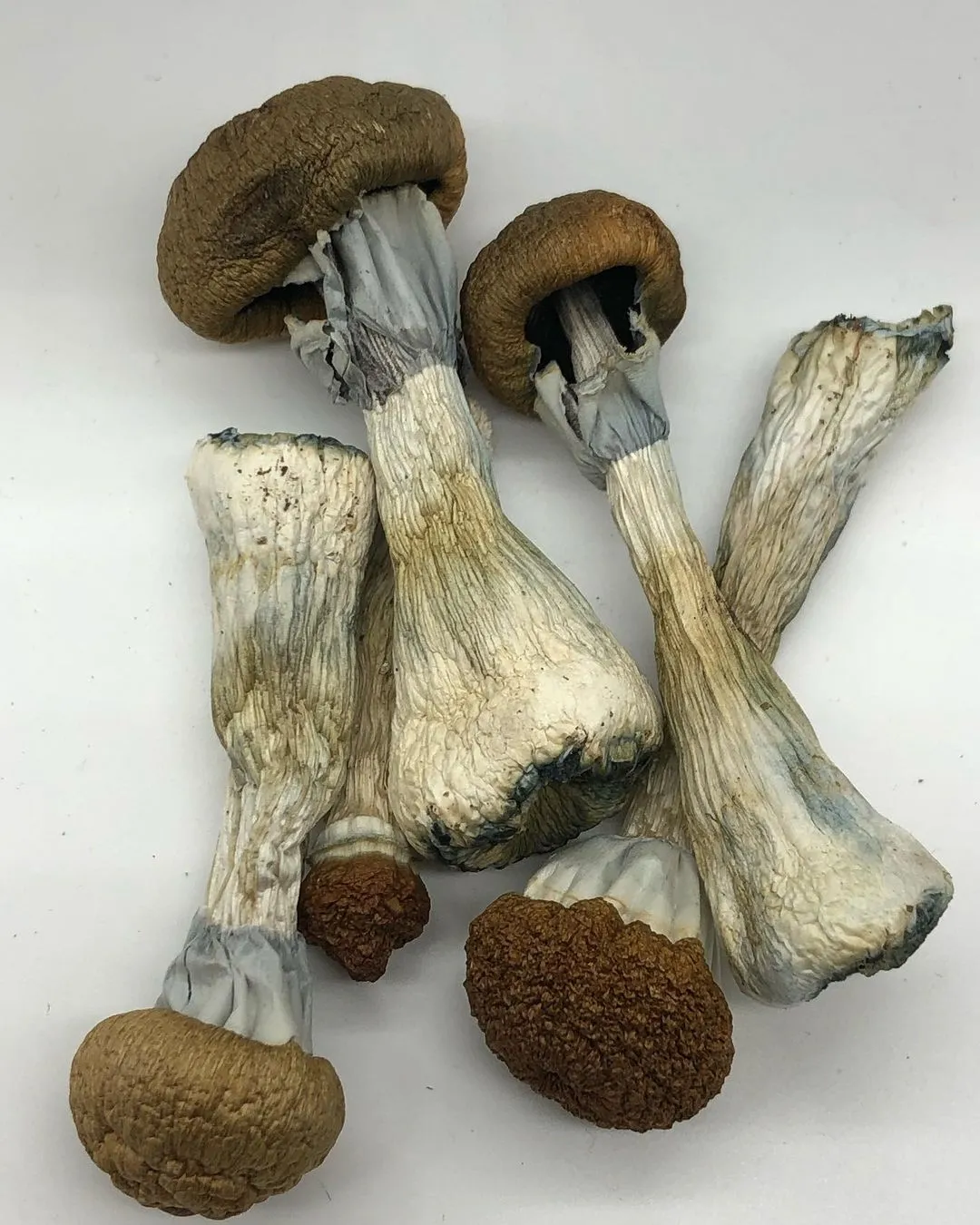
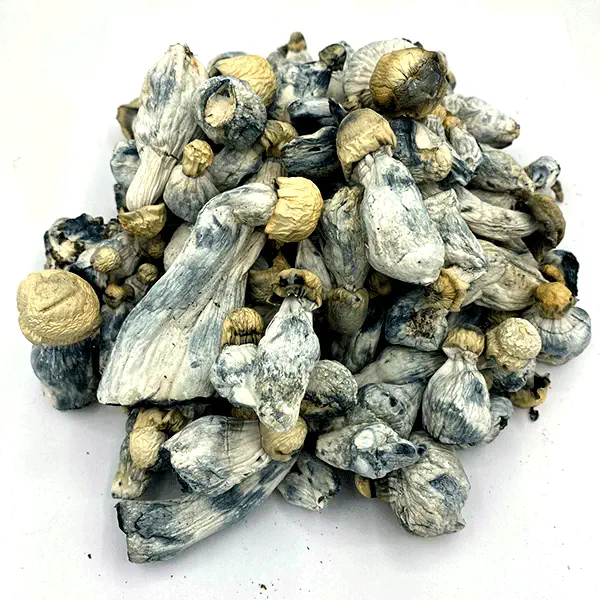
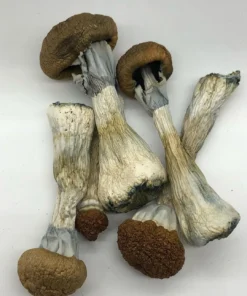
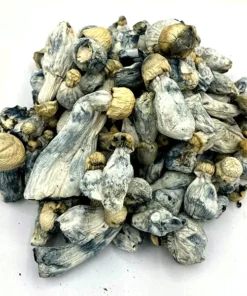

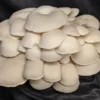
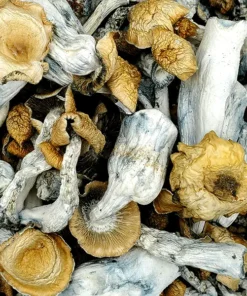
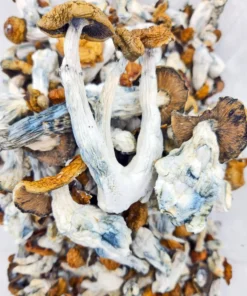
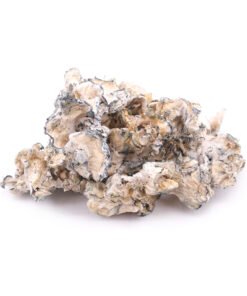
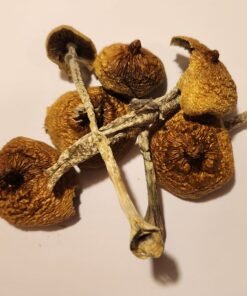
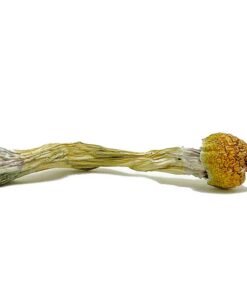
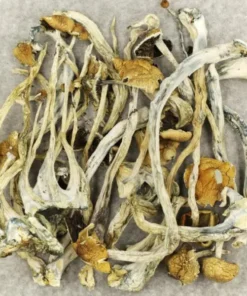
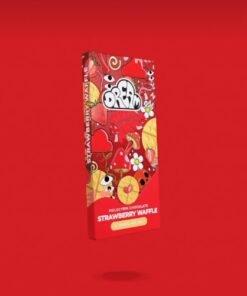
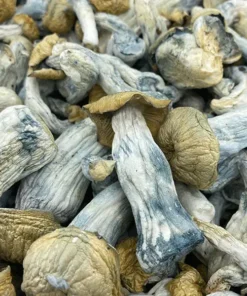
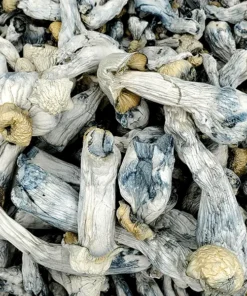
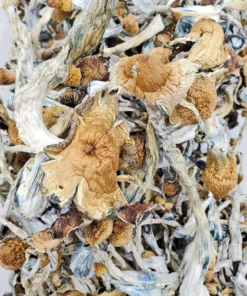
Reviews
There are no reviews yet.